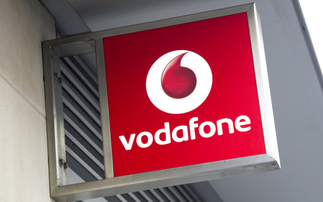Apple sees huge 97 per cent growth
Apple saw phenomenal growth of over 80 per cent for shipments in 2009 The latest smartphone figures from analyst firm IDC show growth of 39 per cent in the fourth quarter of 2009 compared with th...
To continue reading this article...
Join Computing
- Unlimited access to real-time news, analysis and opinion from the technology industry
- Receive important and breaking news in our daily newsletter
- Be the first to hear about our events and awards programmes
- Join live member only interviews with IT leaders at the ‘IT Lounge’; your chance to ask your burning tech questions and have them answered
- Access to the Computing Delta hub providing market intelligence and research
- Receive our members-only newsletter with exclusive opinion pieces from senior IT Leaders





















